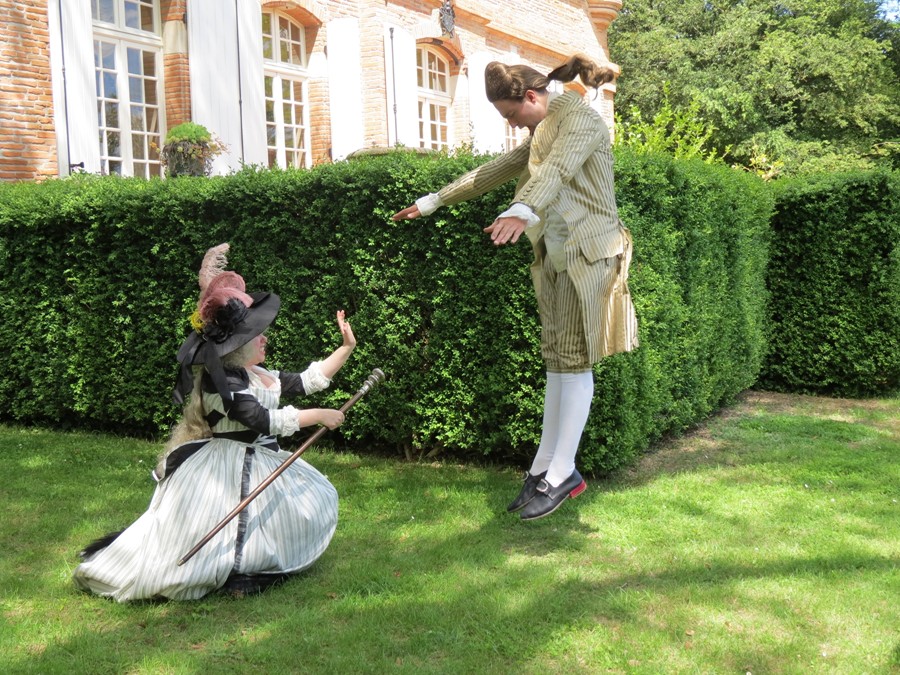As promised, here is a new piece that I just recently finished. Very similar to the shoes in Lesson 8, though I used a different model of last. Additionally, this shoe was constructed with much finer closing (only three strands of linen on a boar bristle), and a much finer closing awl. Moreover, I feel that I was able to sew the outsoles on more finely and evenly than before. This is where practice comes in! I also modified the heel design slightly. I was initially dreading them since I find carving heels to be tiresome, but I timed myself – I carved the pair of heels in only an hour from start to finish, so perhaps I will still continue to do so to ensure that every part of the shoe is handmade, rather than using mass-produced heels. Apologies for the medium quality of the picture.
Also, I have never been completely pleased about the discoloration one gets on the flesh side of the shoe when dyeing individual parts of a vegetable tanned leather shoe. Strictly speaking, dyeing of skins did not seem to be within the purview of the shoemaker, and this tradition continues today where most shoemakers purchase skins which have already been dyed, rather than cutting out the pieces (clicking) and then dyeing the parts prior to closing the shoe. I do this because I do not make nearly enough shoes to warrant purchasing a dozen skins and dyeing them all of various colors – as such, it is a compromise that I must make.
The Plictho, a Venetian text on dyeing from the 1540s, discusses dyeing of fabric and yarn, but it also discusses tanning and dressing of leather. There are several recipes which discuss dying the entire skin in a vat, but there are also some that discuss laying the tanned skin out and applying the dye with a brush of silk or bristles. However, the point I wish to make is that the recipes are for dyeing the entire skin, and not individual pieces as I normally do.

